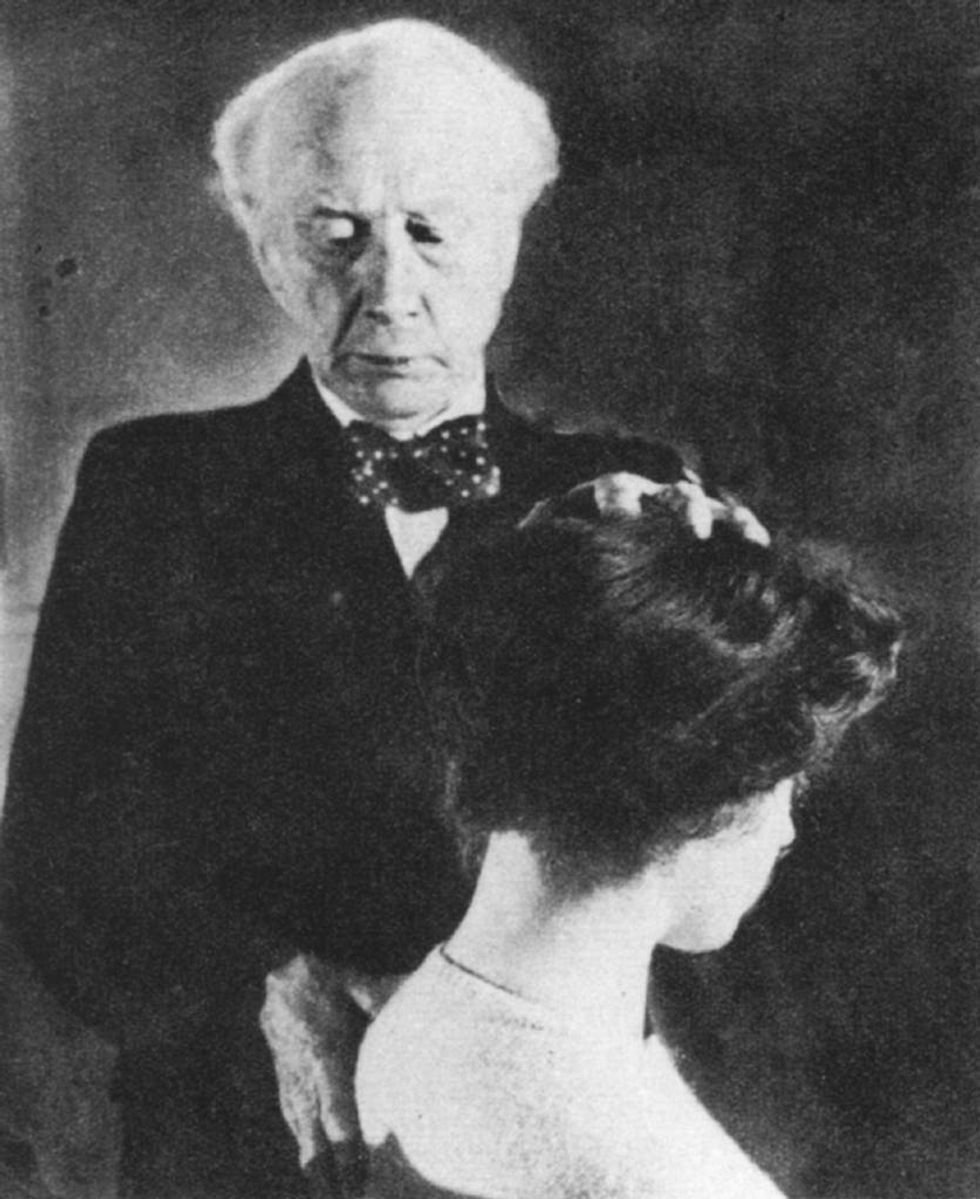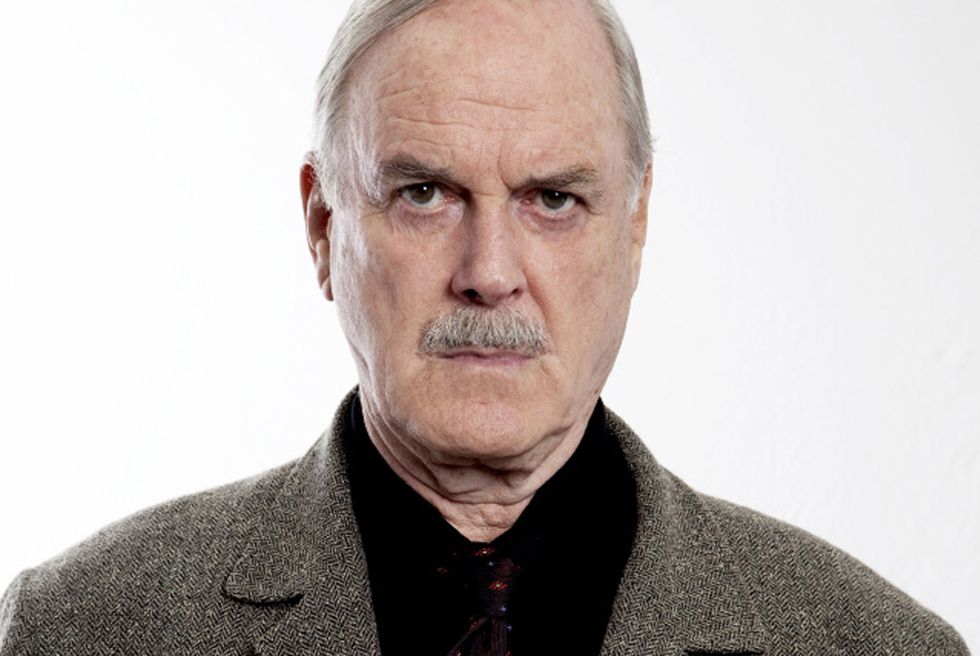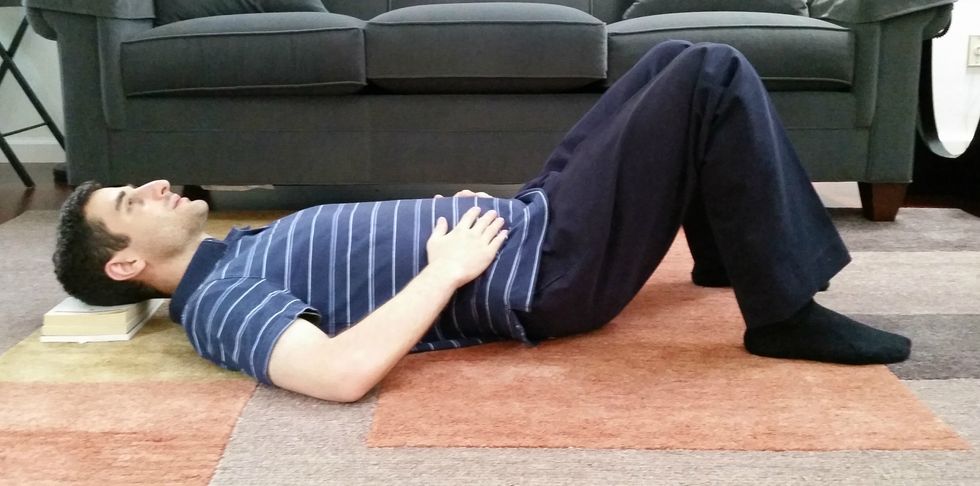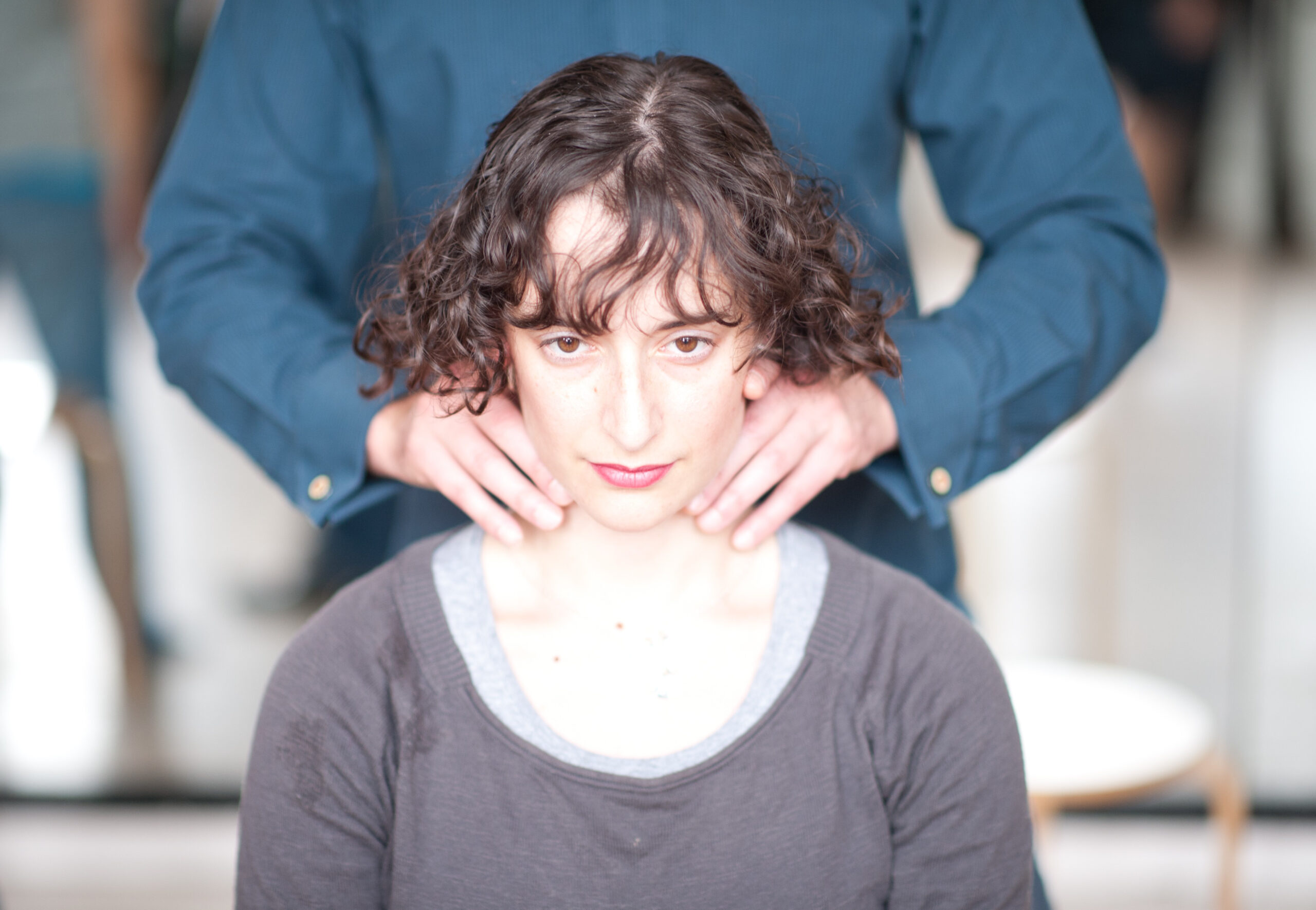The great irony of writing anything on the Alexander Technique is that it is almost impossible to explain the Technique to anyone using words alone. By its nature and its inception, you can only really begin to understand how to “do” Alexander, if your learning also has a physical, hands-on component. To the casual observer, Alexander Technique is about posture. Standing up straight, chest out, chin up. The casual observer is, as they so often are, wrong. Posture is a word implying rigidity or something static, whereas Alexander is about not interfering with the natural, fluid direction of the body. In practice, this produces an effect that will, often, allow a person to stand and move in a manner that appears straighter or taller, which is why this misapprehension exists. The process and, indeed, the benefits of learning the Technique are much more complex than they first appear.
Alexander Technique was developed in the Edwardian Era by F. Matthias Alexander. He was an Australian performer noted for his Shakespeare recitals. As his career developed he found that he was growing hoarse during his performances, to the point where it was endangering his livelihood. Naturally very concerned, and unsatisfied with the results yielded by medical advice of the day, he embarked on a nine-year-long period of self-examination. During this, he discovered how he was carrying habitual tension in his entire body that was causing his voice to suffer. He worked out how to prevent himself from engaging in his reflexive habits, and the most basic principles of the Technique were born. He writes about his process in The Use of the Self (1932).

Over the remaining fifty-odd years of his life, he refined and developed the Technique, teaching it to others and practicing it himself. In the decades since his death, the Technique has been refined further, but the essential tenets are the same: the dissolving of unhealthy habits by focusing on refining the means of performing an action rather than the goal of the action (End-Gaining); the removal of unnecessary bodily tension (Inhibition); acknowledging how the relationship between the head neck and back influence movement (Primary Control); and encouraging the student to choose certain qualities in actions that are “freer” (Directing).
This is difficult to wrap a head around in text form, of course. Almost all Alexander Technique training begins with a qualified teacher taking you through the process physically. A typical Alexander class involves simple activities and exercises, completed under supervision with the aim to deconstruct them, then reconstruct them more effectively. You are expected to then practice what the teacher introduces, much like the way one might learn a language or a musical instrument.

While all this is difficult to illustrate without physical example, the benefits are easy to extoll. For starters, Alexander has been shown to reduce back and neck pain in literature backed by the NHS. Proponents of the technique also cite positive effects on sufferers from asthma, headaches, osteoarthritis, insomnia, tremors, and stress. No less than the British Medical Journal has advocated Alexander Technique’s effectiveness. In addition, celebrity heavy hitters like Mark Rylance, John Cleese, David Beckham, Aldous Huxley, Madonna, and Hugh Jackman have all publicly endorsed Alexander Technique as being beneficial to their craft at one time or another.
With all its efficacy, it is surprising that the Technique is not better known and more widely utilized. Most studies agree that its benefits are plain to see, even in the short-term. Additionally, given Alexander’s completely non-invasive nature, there is no physical risk to a person willing to try it. Unlike certain other methodologies that lean far closer to pseudoscience. Further to that point, no Alexander teacher worth their salt would ever recommend the Technique instead of a medical consultation.

I have barely scratched the surface here with what Alexander Technique is and can do. There is so much more to say, see, and hear about it. Links throughout the article and below can guide you to further information. I hope to do another, longer article about it again in future. In the meantime, I can just say that, as a now four-year student of the Technique, it has helped me tremendously. In my work as an actor it has made me more confident, opening up my vocal work and allowing me to work much freer physically, as a writer it has helped me maintain a healthy spine, avoiding pain from long writing sessions, as a musician it is helping play better, and as a person who suffers from an essential tremor, it has improved my control over my body greatly. I would recommend it to almost anyone.
When seeking a teacher, make sure they have completed the international standard required for certification of 1600/hours over three years in a school accredited by an Alexander Society in your country. If you live in the New York area, I would recommend Rebecca Poole, my Alexander Teacher. She can be contacted at [email protected]






